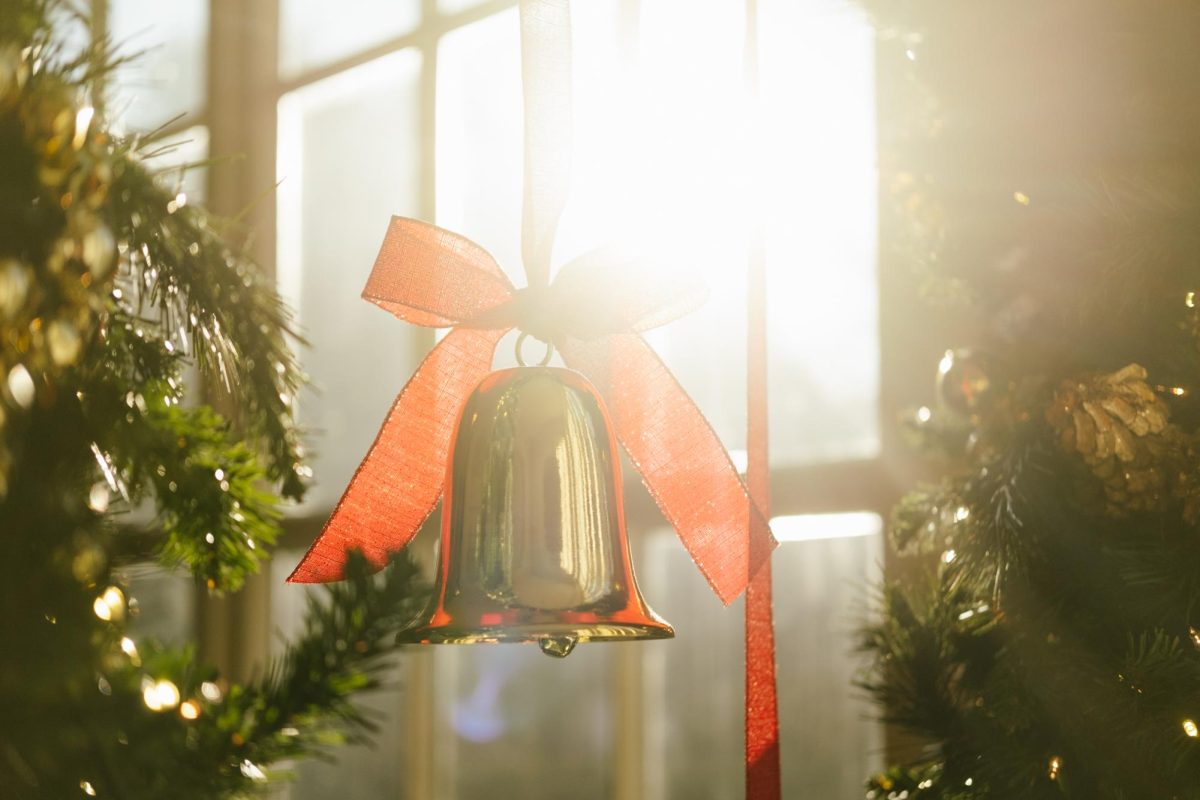Two doctoral students started a book club that has left young boys of color at a local public school feverishly flipping through the pages of novels beyond their years.
Principal Mary Ann Stinson and Assistant Principal Michael Redmond started a book club for minority boys that initiated a wave of book clubs to start across the Truesdell Education Campus earlier this year. The clubs have flooded the public school in Petworth with a renewed love of reading. The school serves students from kindergarten through eighth grade who are nearly all minorities. The book clubs are seeking to change the stereotype of what a child of color can do, the teachers said.
“The biggest challenge is the mindset of what people think our beautiful, amazing, awesome children can do,” Redmond said.
Stinson and Redmond, who are both working toward doctorate degrees in the Graduate School of Education and Human Development, said they started the book club to get every child in the school reading on grade level.
The inaugural all-male book club, led by Redmond, meets twice a week in the mornings before the first bell rings. He said the kids have never been more excited to get to school early. Wearing T-shirts that read #BrilliantBlackBoy or #BrilliantBrownBoy, they are begging their families to get them to school on time.
But the kids aren’t reading your run-of-the-mill Captain Underpants or Harry Potter book series.
The club has just finished reading “Bad Boy,” a memoir by Walter Dean Myers that chronicles the author’s childhood through 1940s Harlem and his unfailing passion for literature. Now they’ve moved onto their second Myers book, “Monster” – about an innocent black child on trial for murder.
“One of the things that we’re interested in doing is having protagonists and characters that look like the boys and experiences that they could identify with,” Redmond said. “Then, we wanted to make sure that once we fostered this joy and love of reading, kids could get involved in books by works of authors and know the author.”
The club has used these books as a jumping off point to discuss larger issues such as race, identity and coming-of-age.
“It really took on so much more than reading; it was life lessons, affirmations of who they are, the whole identity piece came out,” Stinson said. “They hungered for it and were ravenous to start reading the first book.”
Since November, the first club has grown from three to 10 students and inspired five more book clubs to spring up across the campus, including female-focused and grade-focused clubs. Reading material for each club is selected based on the specific group.
The students at Truesdell are 66 percent Latino and 30 percent black, and 100 percent of the school’s population is considered economically disadvantaged. The school’s administration is determined to promote education and support these marginalized groups, which are statistically the lowest-performing groups on literacy tests, Redmond said.
“One of the things that we are really excited about for the book club and, our school literacy program in general, is changing the narrative around what boys of color can do,” Stinson said. “We want to have equipped not only our students, but also our staff, to have these conversations and prove that narrative wrong.”
As fellows in a special education program at GSEHD, the two students are studying education specifically for culturally and linguistically diverse students and have been able to employ their learned skills to the children in the District.
Redmond said he maintains a delicate balance between his role as teacher and student by efficient scheduling and abiding by his passion, living by the motto “hard is hard but it is not impossible.”
And the kids have embodied that message by changing their attitudes toward reading, even after only a few months in the club.
The teachers said students have become extremely receptive to the book clubs and the discussions they have generated – to the point where students are distracted in class because they are so engrossed in their book.
Stinson said she recently asked a book club student if he liked the book, and he replied with an emphatic, “No!”
After she was stunned for a moment, he continued, “Mrs. Stinson, I love the book!”





